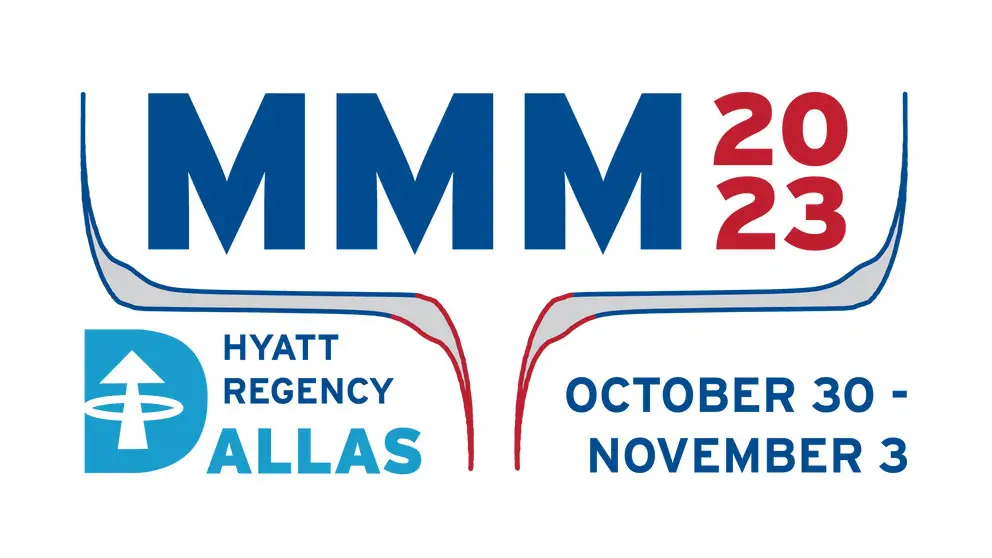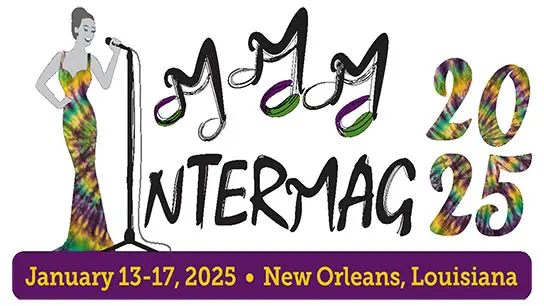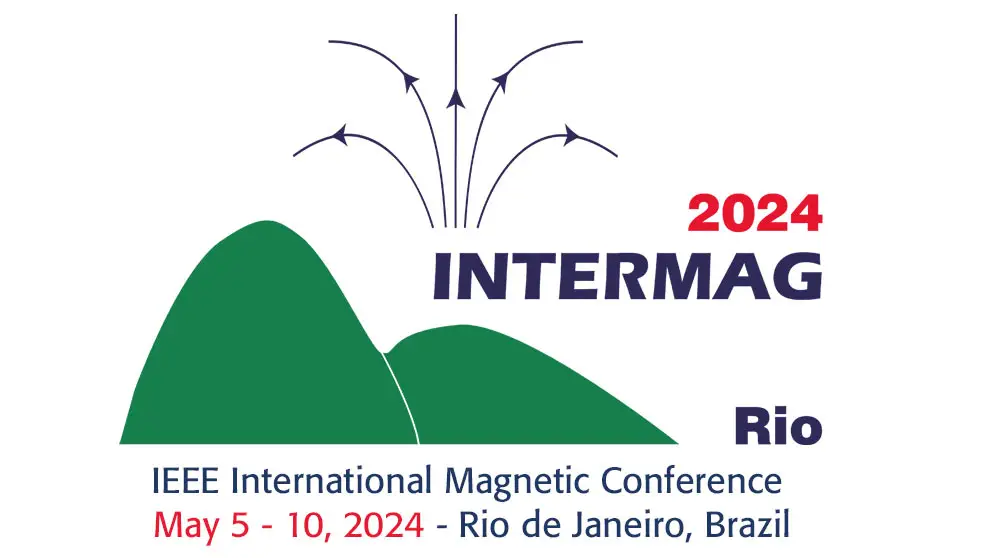VP11-14: Laser Synthesis of FeRh Microstructures for Enhanced Magnetocaloric Refrigeration
Shabbir Tahir, Soma Salamon, Joachim Landers, Carlos Doñate‑Buendía, Heiko Wende and Bilal Gökce
Poster Virtual Only
27 Oct 2023
Magnetocaloric refrigeration is a promising alternative to gas-based cooling systems, providing enhanced energy efficiency and reduced environmental impact. FeRh is a standout magnetocaloric material with the largest magnetocaloric effect due to the AFM-FM phase transition. The desired magnetocaloric response in FeRh structures depends on the composition and processing conditions.[1] In this contribution we present a comprehensive pathway for creating FeRh magnetocaloric microstructures by laser processing (Fig. 1). γ-FeRh nanoparticles with reduced oxidation are synthesized via picosecond pulsed laser ablation in ethanol (Fig. 1a).[2] These nanoparticles are employed to create 1 wt.% ethanol-FeRh ink which is then dispersed on PVP-coated glass substrates and subsequently patterned using a continuous wave laser (Fig. 1b and c). Laser-based direct writing facilitates sintering into custom structures (Fig. 2a) and partially induces the γ-FeRh to B2-FeRh phase transition.[3,4] A 52% partial phase transformation can be achieved, resulting in a significant magnetization increase of ca. 35 Am2/kg during the field-induced AFM-FM transition (Fig. 2b). Notably, laser sintering demonstrates a remarkable sixfold enhancement of the achieved magnetization compared to furnace annealed FeRh ink which measured ca. 6Am2/kg. This study presents a robust and efficient approach to generate magnetocaloric structures. Laser synthesis and sintering enable the production of diverse FeRh-based microstructures with high spatial resolution, in-situ annealing, and design flexibility (Fig. 2a). These advancements hold promise for the development of miniaturized devices like magnetic microcoolers, thermal sensors, and magnetic micropumps, leveraging pronounced magnetocaloric effects at a small scale.References: [1] S.Nikitin, G.Myalikgulyev, A.Tishin, Physics Letters A 148, 363–366 (1990) [2] R. Nadarajah, S.Tahir and J. Landers, Nanomaterials., 10 (12), 2362 (2020). [3] R. Nadarajah, J.Landers, S.Salamon, B.Gökce, Scientific Reports., 11 (1), 13719 (2021). [4] S.Tahir, J.Landers, S.Salamon, Advanced Engineering Materials, 2300245 (2023)


